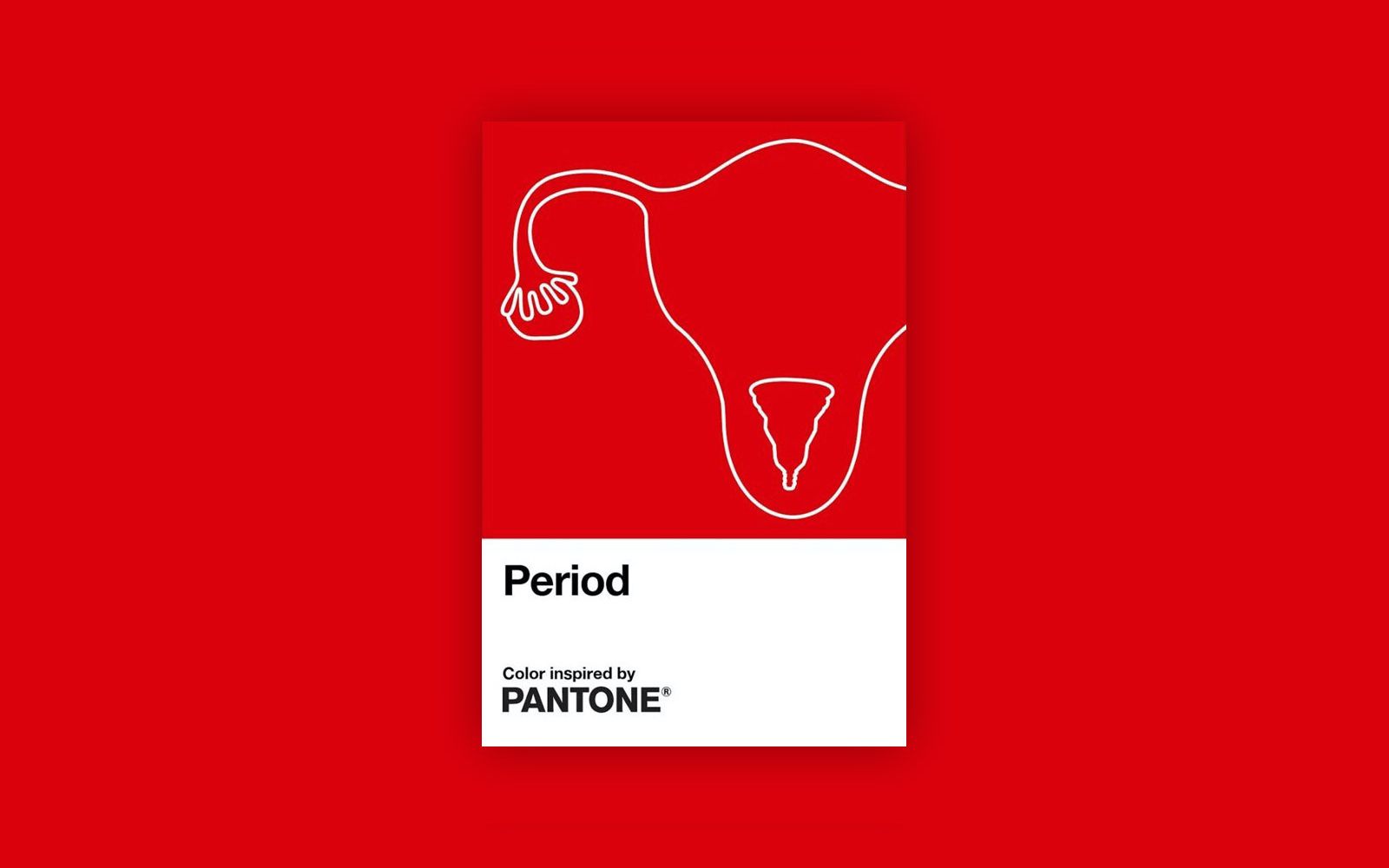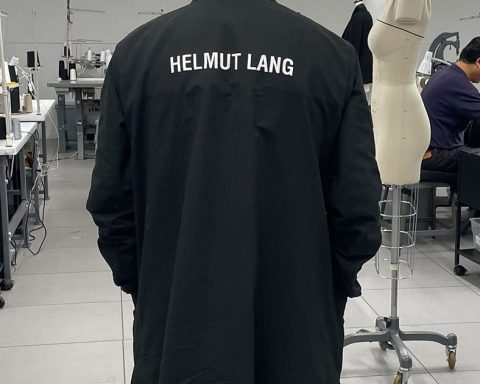A new shade was introduced by Pantone, the colour registry company: Period red, that it hopes will get people talking about a part of life that often goes unmentioned. The company collaborated with the Swedish feminine products brand Intimina, and Laurie Pressman, vice president of the Pantone Color Institute said that Period red “emboldens people who menstruate to feel proud of who they are. The goal was to urge everyone, regardless of gender, to feel comfortable to talk spontaneously and openly about this pure and natural bodily function.”
The presentation of the new red period inevitably opened a discussion on a topic that is still to this day tabu. But the launch of this colour is a real social innovation or a simple marketing strategy? That a company like Pantone decide to insert in its catalogue a colour that is openly dedicated to menstruations it’s not a small thing. This campaign encourages people, independently by their gender, to openly talk about this topic.
“An active and adventurous red hue, courageous Period emboldens people who menstruate to feel proud of who they are. To own their period with self-assurance; to stand up and passionately celebrate the exciting and powerful life force they are born with; to urge everyone regardless of gender to feel comfortable to talk spontaneously and openly about this pure and natural bodily function,” said the company on an Instagram post. Words that want to encourage people to break out of the traditional schemes in which we’re used to seeing menstruations represented, just think about ads for menstrual products. Usually, the colours used to represent the period is everything but red, almost like we’re supposed to be ashamed of it. The only way to switch the conversation in a positive light is to keep talking about it and represent it without filters.
The average woman has her period for 2,535 days of her life, but it continues to be a barrier to women’s equality. In many parts of the world, women are still facing discrimination, have to miss school to manage their periods, as well as a lack of clean and safe products and lavatory facilities. And periods didn’t stop during the pandemic. While the coronavirus crisis slowed the global supply chains and disrupted work and social lives, women and girls all around the world were struggling to find basic essentials like pads and tampons. We’re slowing moving into the right direction, for example, Scotland became in 2018 the first country to offer free menstrual products in schools and university, followed a couple of years later by the rest of the UK.









